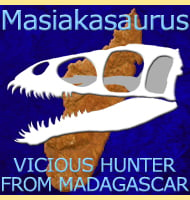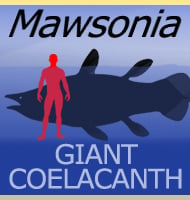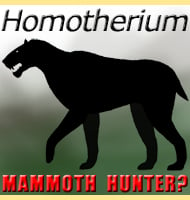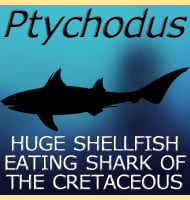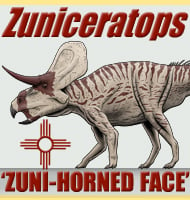In Depth
At the time of writing Pluridens is only known from lower jaws, but these show that this mosasaur was a highly specialised hunter. The lower jaw of Pluridens had at least twenty-eight tightly packed teeth, more than in other known mosasaurs, and hence the inspiration for the name Pluridens which means ‘many teeth’. The lower jaw is also elongated with a slender build, something that would have greatly reduced water resistance when moving through the water. This jaw is not something that is designed for crushing through shell and bone, but instead Pluridens probably utilised a quick snapping action to catch prey such as fish and squid, or thinly shelled invertebrates.
Pluridens has often been written as a synonym to Halisaurus, something referenced to a 2005 study by Lindgren & Siverson. Since this time however most other authors have continued to classify Pluridens as distinct from Halisaurus. It is still recognised that isolated mosasaur vertebrae similar to those seen in Halisaurus are known from the same approximate locations as the Pluridens type fossils, and with this in mind, most researchers continue to regard Pluridens as a halisaurine mosasaur, similar to Halisaurus in build, but still a distinct genus.
Further Reading
- A new mosasaur Pluridens walkeri from the Upper Cretaceous, Maastrichtian of the Iullemmeden Basin, southwest Niger. - Journal of Vertebrate Paleontology 18(4):709-707. T. Lingham-Soliar - 1998. - Halisaurus sternbergii, a small mosasaur with an intercontinental distribution. - Journal of Paleontology 79 (4): 763–773. - J. Lindgren & M. Siverson - 2005. - A new species of Pluridens (Mosasauridae: Halisaurinae) from the upper Campanian of Southern Nigeria. Cretaceous Research 64:36-44. - N. R. Longrich - 2016.

